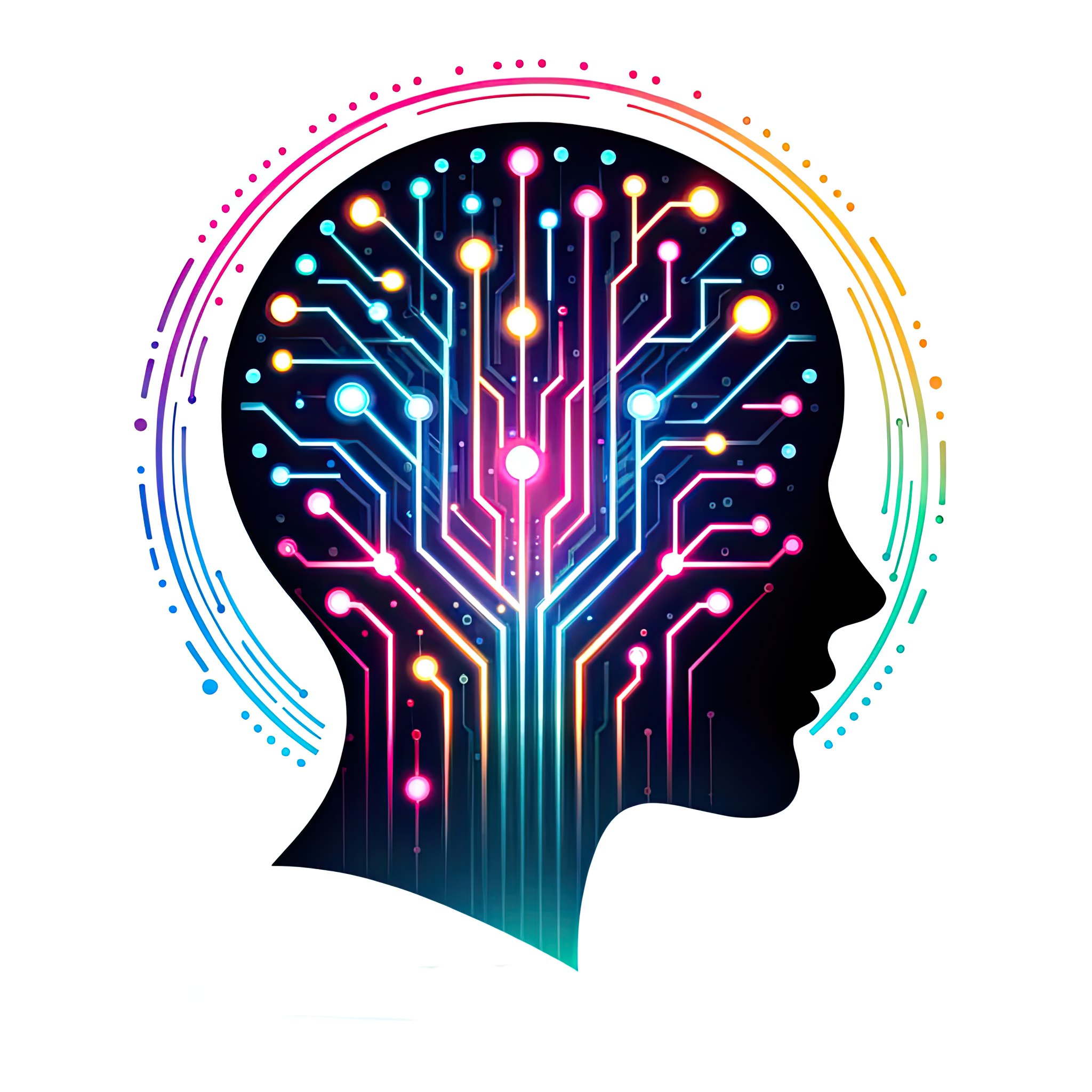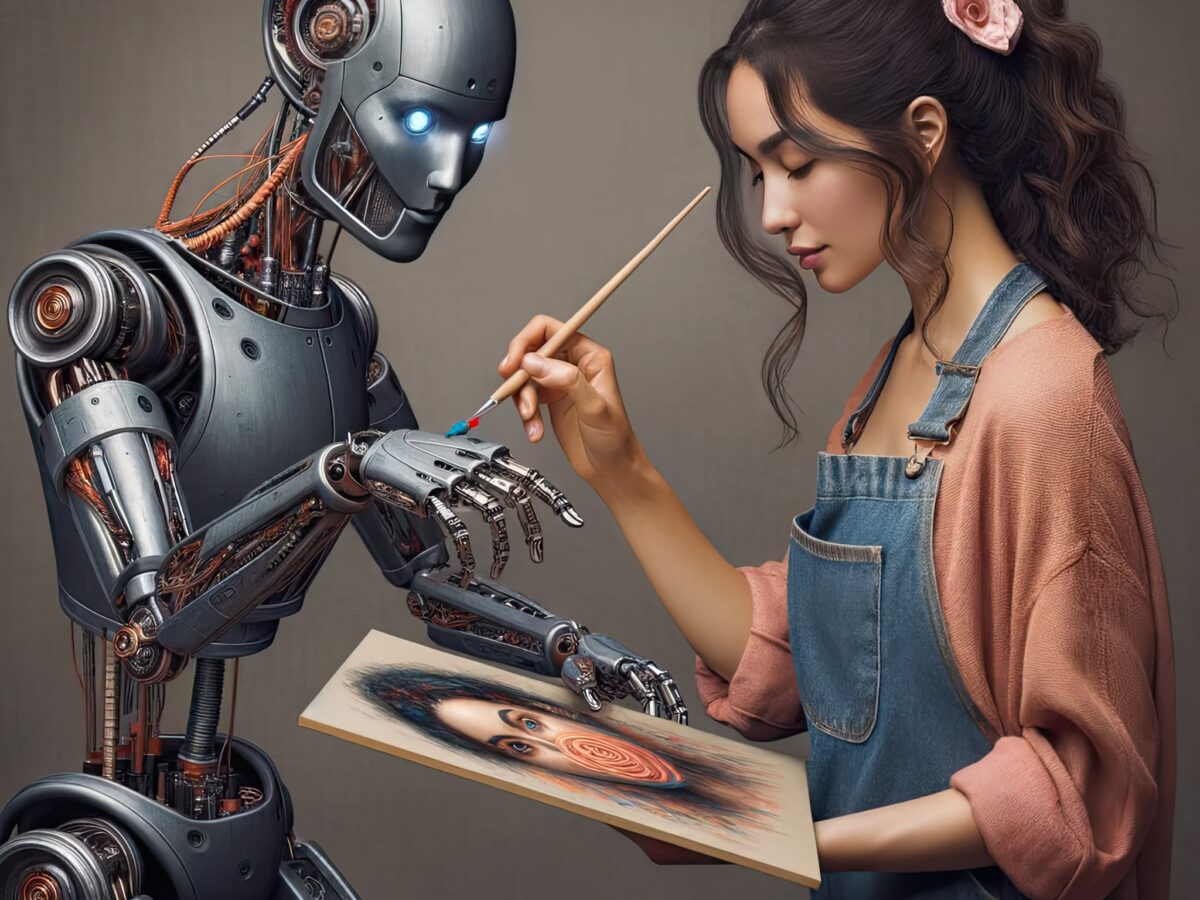Artificial Intelligence has stirred the pot of artistic expression, creating a divide that ripples through the realms of traditional artistry. Its ascendancy into the realm of creativity, generating images, texts, and music, positions AI at the epicenter of a contemporary debate that challenges the very definition of art and creativity. This discord is largely fueled by a spectrum of reactions from the artist community, where AI’s role oscillates between that of a collaborator and a contender, sparking discussions that delve deep into the essence of human versus machine-made art.
Misunderstandings about AI’s function and fears of plagiarism have sown seeds of disdain among some traditionalists. The notion that AI-generated art is tantamount to intellectual theft overlooks the intricate algorithms and processes that underpin AI’s creative capabilities. This misapprehension was brought into the spotlight through various legal confrontations where artists accused AI companies of copyright infringement. Nonetheless, a landmark decision by a U.S. court marked a pivotal moment, establishing that AI creations, devoid of human intervention, do not qualify for copyright protection. This ruling not only underscored the unique nature of AI’s creative process but also catalyzed a shift in understanding AI’s place in the artistic landscape.
Generative AI technologies, such as DALL-E 3 and Midjourney V6, have pushed the envelope further, proving that AI’s capability extends beyond mere duplication of existing artworks. These tools have demonstrated the potential to produce innovative and original artworks that challenge the traditional boundaries of creativity. Such advancements have sparked both controversy and admiration, revealing the depth and breadth of AI’s impact on artistic creation.
Artists’ reactions to AI-generated art are anything but monolithic. A faction views AI with skepticism, concerned that it might usurp the role of human artists, particularly in genres where style and commercial appeal are paramount. The fear is that AI, devoid of personal experiences and emotional depth, could dilute the authenticity and soulfulness inherent in human-created art. On the flip side, an increasing number of artists are embracing AI as an ally. This cohort views AI as a powerful tool that, when harnessed effectively, can amplify human creativity and open new avenues for artistic exploration. In music, for instance, AI’s role in composition is gaining traction, especially in scoring for film and television, despite its limitations in capturing the emotional nuances of live performance.
The trajectory of art has historically been intertwined with technological innovation. From the advent of photography to the digital revolution, each wave of technological advancement initially met with resistance, only to be later integrated into the fabric of artistic expression. AI stands as the latest in this lineage of technological evolution, challenging artists and the broader community to reconsider preconceived notions about creativity and authorship.
The journey toward bridging the gap between traditional art and AI-generated art is fraught with challenges, rooted in misunderstandings and prejudices. However, it also offers unprecedented opportunities for collaboration and innovation. By fostering open dialogues and partnerships between artists and AI developers, the art world can navigate these uncharted waters. Such collaborative efforts promise to expand the horizons of creativity, enabling a fusion of human intuition and machine intelligence that could redefine the landscape of art.
As the dialogue around AI and art continues to evolve, it becomes increasingly clear that the future of artistic expression lies in a symbiotic relationship between human and machine. The journey of integrating AI into the artistic domain is not without its hurdles, but it holds the promise of ushering in a new era of creativity. By transcending the current dichotomies and embracing the potential of AI, artists and the art community at large can unlock new realms of creativity, enriching the world with a diverse tapestry of artistic expressions that reflect the complexity and depth of the human condition, augmented by the precision and expansiveness of artificial intelligence.
All images and all text in this blog were created by artificial intelligences

